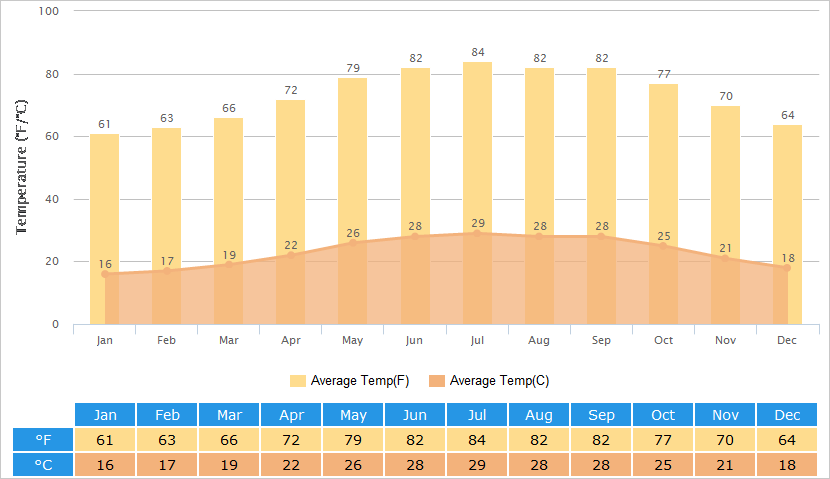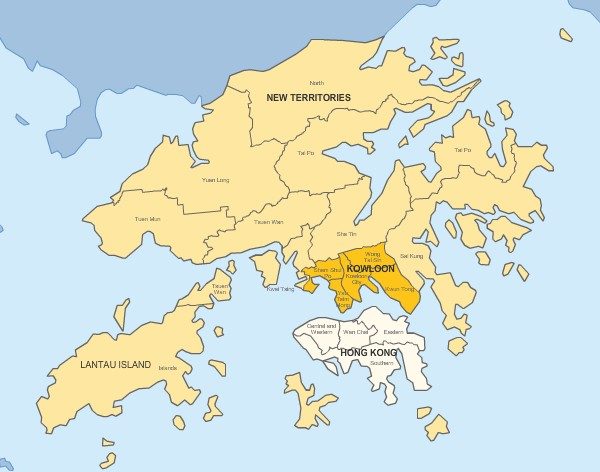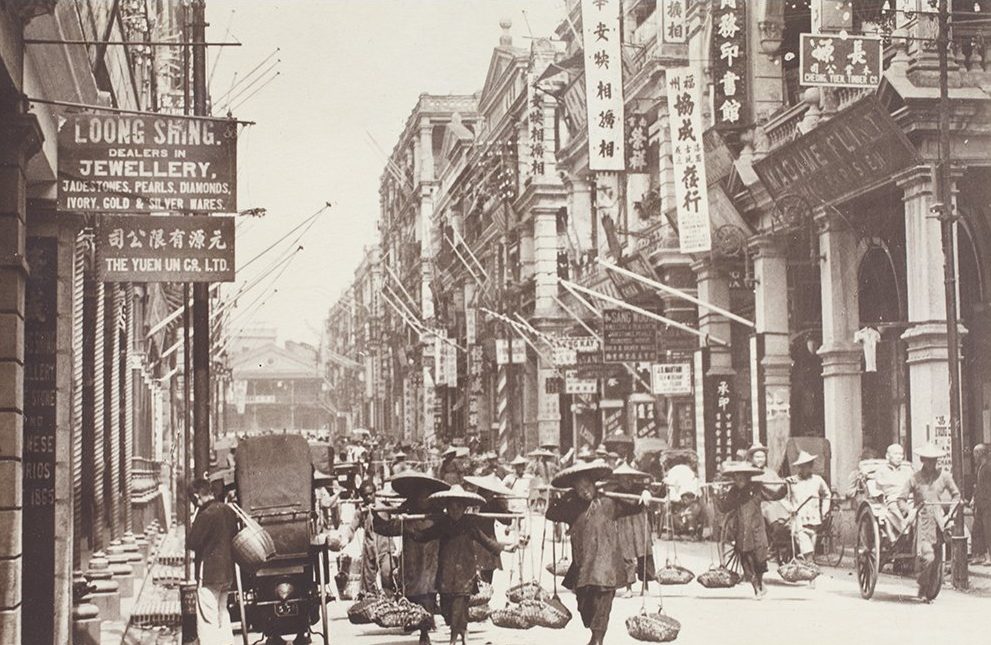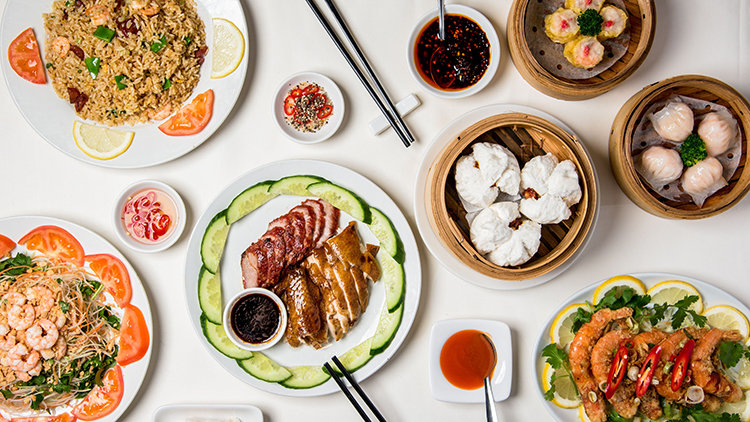Ancient Civilization and Modern Metropolis
Hong Kong is Asia’s leading financial, services and shipping center. It is famous for clean government, good law and order, free economy and sound legal system.
It is one of the world’s most cosmopolitan cities where the east truly meets the west. Hong Kong is an exciting destination set against a stunning urban backdrop of towering skyscrapers, the glittering waters of Victoria Harbor and the picturesque beauty of the countryside and islands.
With everything from top-notch restaurants to delicious street food, Hong Kong’s renowned cuisine is reason enough to visit.
Hong Kong Seasons

Subtropical Hong Kong has four distinguishable seasons – warm and humid spring, hot and rainy summer, pleasant and sunny autumn, cool and dry winter.
Spring is from March to mid-May, the weather tends to be warm and humid, accompanied by fog and drizzle. Humidity is generally mild but as the summer approaches, the weather can get extremely hot.
The summer season in Hong Kong from late May to mid-September is extremely hot and humid, with frequent thunderstorms and occasional typhoons.
During Autumn in Hong Kong the humidity is low, plenty of sunshine, and temperatures are warming. It’s perfect to be outdoors and in the city without the crushing heat of summer.
Winter in Hong Kong is generally dry and cool, having an average temperature of 17 degrees Celsius. However, when a cold front comes, the cold and dry north wind brings a sudden drop in temperature down to less than 10 degrees Celsius suddenly, and the temperature may fall below zero in the northern New Territory and Tai Mo Shan area. This is despite its location beneath the Tropic of Cancer. Winter usually starts in December and becomes cloudier towards February. With January being the coldest month.
Geography of Hong Kong

Hong Kong lies on the eastern edge of the Pearl River Estuary surrounded by the South China Sea. The Shenzhen and Sha Tau Kok Rivers serve as the natural border between Hong Kong and Mainland China.
The geography of Hong Kong primarily consists of three main territories: Hong Kong Island, Kowloon Peninsula and The New Territories.
The New Territories make up more than two-thirds of the land, it fans out from the Kowloon peninsula upwards until the border with Mainland China. Hong Kong Island covers a mere seven percent of the total territory while Kowloon consists of roughly four percent.
Added to the three main territories is the Outlying Islands. Hong Kong has 235 islands, known as the Outlying Islands with Lantau Island being the biggest.
A Brief History of Hong Kong

Hong Kong was born when China’s Qing dynasty government was defeated in the First Opium War in 1842, when it ceded Hong Kong Island to Britain. Since then Hong Kong being a colony of the British Empire from 1842 before occupied by Japan during the Pacific War (1941-1945) while the British again resumed control from 1945-1997. The British periods have greatly influenced the current culture of today’s Hong Kong.
On 1 July 1997, Hong Kong became a Special Administrative Region of China in an arrangement that would last for 50 years. Operating under the principle of ‘One Country, Two Systems’, Hong Kong maintains its own political, social, economic systems and immigration laws. Hence, even people from the mainland would need to go through Immigration checks upon entering the region.
The People
Hong Kong has a hybrid culture of the east and the west, though most of the people belong to the ethnic Chinese group. Naturally, they lean towards their own culture, though many of them have adopted western ways. A heavy influence of Cantonese culture can also be seen here.
Hong Kong Cuisine

Due to Hong Kong’s past as a British colony and a long history of being an international port of commerce, Hong Kong cuisine is mainly influenced by Cantonese cuisine and European (especially British cuisine). With Cantonese ethnicity making up 94% of the resident population, Cantonese cuisine is naturally served at home with occasional mixes of Hakka, Teochew and Shanghainese cuisines.
The food in Hong Kong is a fusion of eastern and western-style cuisine. You are sure to find an unlimited variety of food here. Hong Kong has been given the reputable labels of the “Gourmet Paradise” and the “World’s fair of Food” because of its complex combinations and international gourmet expertise.
You May Also Like

